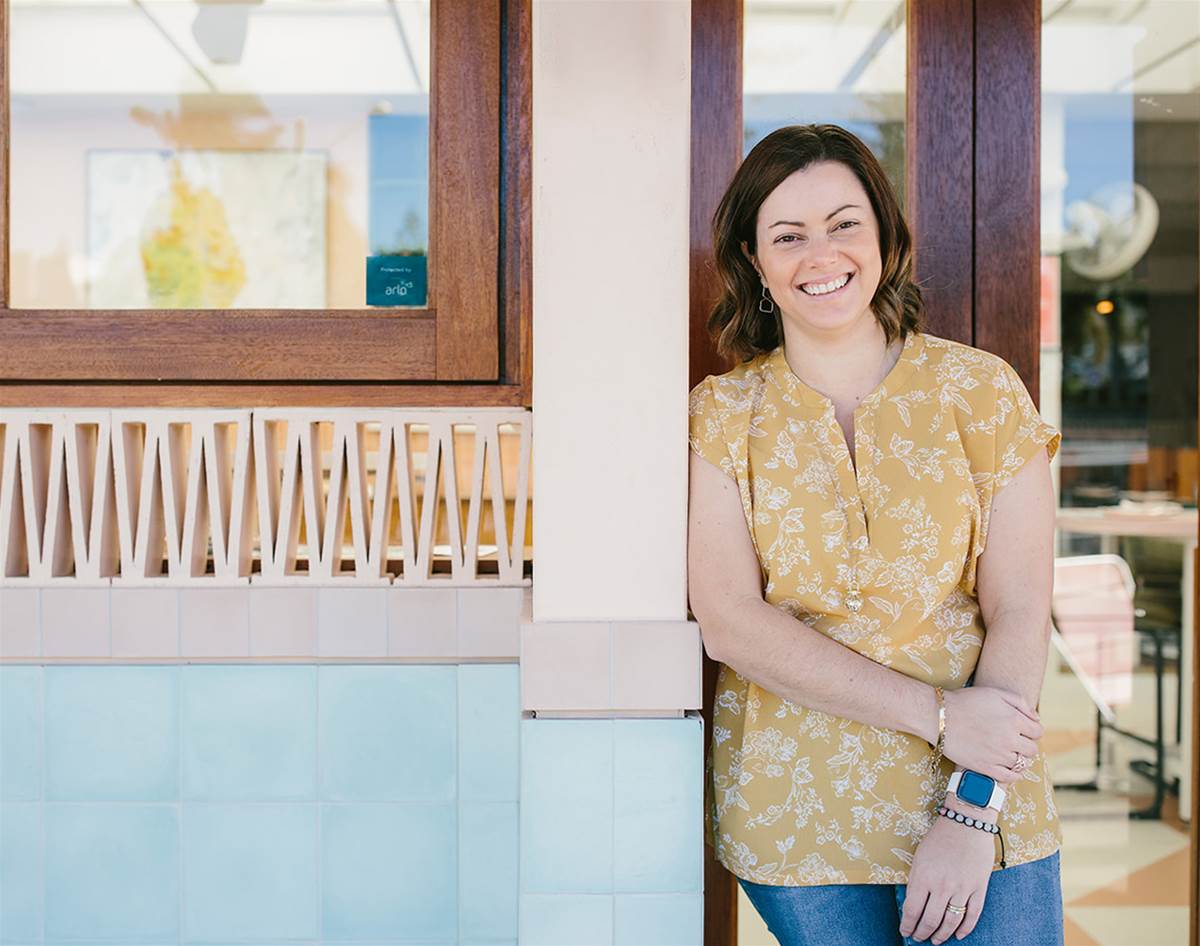dear strictly business: how do i know if my business’s financials are on track?
Steel yourself; we’re about to show you some maths. But they’re not that tricky, we promise.
Welcome to our Dear Strictly Business advice column, where you ask the questions and we hunt down the answers. Got a burning question? Feel free to send it our way.
Does business jargon creep you out? Are your (virtual) account books gathering (metaphorical) dust? Though it’s normal for creative types to find finances icky, you’ll feel more confident if you do regular check-ins to ensure your business is headed in the right direction – and not draining your precious time, energy and moolah. But the equation isn’t always as simple as: lots of sales = good (though that’s a decent start!). We asked Accounted for You director Lisa Turner and StartUp Creative business coach Kaylene Langford to point out the signs of a business that’s on the right track.
You’re setting clear goals… and meeting them
There’s no definitive mark of a successful small business, because it depends on your personal circumstances. Some folks are happy paying themselves a part-time wage, while others are growing an empire. You’ll know more about whether finances are going in the right direction if you know what you want to achieve. That could mean making enough money to charge GST, hiring a few employees, or running your multi-million-dollar conglomerate from a yacht in the Galápagos. “I tend to work with people who build a business to design their dream lives,” Kaylene says. “What do you want your life to look like? Do you want to hustle and sell to a huge amount of people or do you want to stay small and exclusive?” First, set very clear goals for yourself and your business; then, adjust accordingly. “You can start with a couple of small goals, something as simple as ‘I want $1,000 in sales’,” Lisa says. “Then start planning and budgeting from there.”
You’re making money on the stuff you sell
Selling a tonne of cupcakes or linen jumpsuits won’t tell you whether your business is profitable, especially if you’re spending too much cashola on flour or fancy fabric. Your profit and loss statement tracks your sales and expenses, or how much you’re selling and spending. An accounting service like Xero will usually do the maths for you; they produce a handy 'business snapshot', which makes it easy to see all this stuff at a glance (no calculators required, hallelujah!). But it’s still helpful to know what the numbers mean. Let’s start with gross profit:
gross profit = sales minus cost of goods sold (or how much money it cost to make the products you sold)
Many service-based businesses (like freelance graphic design) usually have very little, if any, costs of goods sold. For product-based businesses, gross profit is helpful because it shows you whether you’re charging enough money for your nifty goods. If the clay used to make your ceramics costs you nearly as much as you’re selling them for, then you may need to raise your prices, or cut down on costs. But it’s best to start by charging more, which can be difficult for newbie creatives who might not be used to demanding what they’re worth. “If your prices are not covering your costs, you need to raise your prices,” Lisa says. “When calculating pricing, people often don't take into consideration all their costs. For example, they don't include thank you cards or tissue paper, because it might cost just $7. But it all adds up.” Lisa Turner
Lisa Turner
You have money left over for you
Now, let’s look at net profit (or net income). It’s all the money you have left over after paying for the things you need to run your business, including subscriptions, Facebook ads, taxes or insurance. Unless you’ve won the lottery or your super-rich auntie is bankrolling your biz, aim for net profit you can use to pay yourself (even if you love your business so much you’d do it for free). “If you’re not doing it for profit, it’s what I’d call a hobby,” Kaylene says.
net profit = gross profit minus expenses (or all the other stuff you need to run your business, like your rent, labour, tools or advertising)
If you’re unhappy with your net profit (or you don’t have any profit at all), start with trying to increase sales. “That’s the easiest thing to do,” says Lisa. “Get your product or service in front of more people.” It’s best to increase sales before reducing costs, Lisa adds. “If you cancel a subscription that costs $100 a month, and that task now takes you five hours, then you lose time you could have spent working on your sales.” You can also calculate your net profit margin, which is the percentage of your sales that is profit. A ‘good’ profit margin varies widely by industry, which means it can be helpful to compare your profit margin against the industry standard.
Your expenses aren’t spiralling
Let’s say your online greeting-card business is going gangbusters – whoopee! Now, you’re tempted to grow to meet demand by hiring a staff member, paying a social media agency or leasing a retail space. Tread carefully, business pals, because you could wind up with a bucketload of expenses you struggle to maintain. “If all you care about is making money to cover your bills, that’s often a good sign you need to take another look at the return on investment for your outgoings,” Kaylene says. “Do you really need to have an employee on? Could you contract someone for a couple of hours a week, instead?” Ideally, any growth in expenses should mirror your growth in revenue. If your sales have grown by 2 per cent, then your expenses should increase by a maximum of 2 per cent.
You’ve got positive cash flow
The term ‘cash flow’ sounds groovy, but it’s really about managing the money coming in and out of your business at any given time; you don’t want to be late on your bills because you’re still waiting on clients to pay you. You’re aiming for ‘positive cash flow', which means the amount of money coming into your bank exceeds the money going out. An accounting service can help you keep track of your cash flow, or you can fill out your own cash flow statement and plan for the amount of cash you’ll need to meet your obligations. To stay on top of your cash flow, an accounting service can automate your invoicing or integrate with PayPal, to make sure people can pay you quickly and efficiently.
When in doubt, reach out
If you’re still unsure whether your finances are up to scratch, ask an expert who has no emotional attachment to you or your business – a financial advisor, business coach, accountant or bookkeeper. “Money is such an emotional trigger,” says Kaylene. “Find someone who can look at your finances objectively and give it to you straight.”
A few other places to start:
The good ol’ government website – Business.gov.au has helpful 101 guides to running a business, including on record keeping, key financial terms and more. Meanwhile, the Australian Taxation Office offers a free financial health assessment tool, which can help you understand how your business is doing.
Accounted for You’s Foundations course – Don’t feel like teaching yourself? Lisa runs a course on the absolute basics of small business finance (including profit and loss, registering for GST and having a separate business bank account). Register your interest here.
Startup Creative’s First Aid Kit – Need a hand with the next steps? Kaylene’s guided videos, worksheets and exercises aim to help you review, measure and grow your business.
The Strictly Business archive – We’ve put together some handy tips and tricks on cash flow, how to price goods and how to justify prices.
For more small-business stories like this, visit frankie.com.au/strictly-business, or sign up to our monthly e-newsletter.

.jpg&q=80&h=682&w=863&c=1&s=1)

.jpg&q=80&h=682&w=863&c=1&s=1)








.jpg&q=80&w=316&c=1&s=1)













.jpg&q=80&w=316&c=1&s=1)










